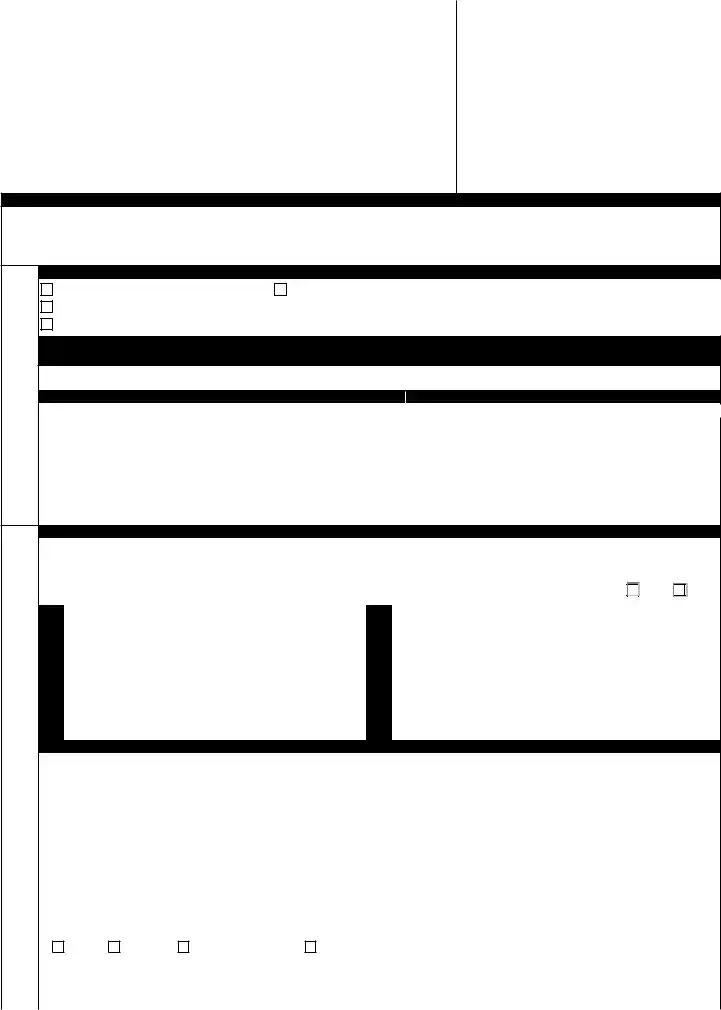Fill a Valid Colorado Dr Form
The Colorado DR form, specifically designated as DR 2008, serves a crucial function within the framework of the Colorado Department of Revenue's Division of Motor Vehicles. It is essentially a public tow vehicle information request form, guided by the Colorado Revised Statutes (C.R.S.) 42-4-1801, 1803 - 1804, tailored for situations where a vehicle has been reported abandoned. This form outlines the necessary steps for owners or lienholders to reclaim their vehicle, including proof of ownership and the settlement of any towing and storage fees, underscored by a timeline that if not adhered to, may result in the sale of the vehicle.
Access My Form
